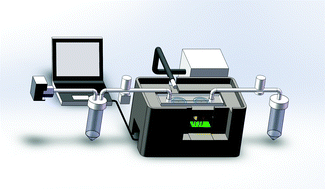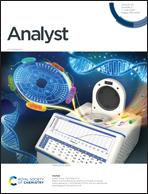Quantitative viability detection for a single microalgae cell by two-level photoexcitation
Abstract
A novel method for quantitative detection of the viability of a single microalgae cell by two-level photoexcitation is proposed in this paper. This method overcomes the difficulty of traditional methods in determining the cell viability by a fixed standard under a single photoexcitation. It is experimentally confirmed that this method is not limited by the species, morphology, size and structure of microalgae cells. An evaluation criterion of universal applicability is presented for the assessment of cell viability based on the large amount of experimental data. To the best of our knowledge, this is the first time that the relative fluorescence yield ratio Fr has been used to characterize the viability of single microalgae cells during cell migration. By using the relative fluorescence yield ratio, this method does not require the intensity of the excitation light to be very low for the assessment of the fluorescence yield of a dark-adapted microalgae cell, nor to be very strong to reach the saturated light level to assess the maximum fluorescence yield. Therefore, this method greatly reduces the technical difficulties of developing a sensor device. Well balanced portability, accuracy and universal applicability make it suitable for on-site real-time detection.



 Please wait while we load your content...
Please wait while we load your content...